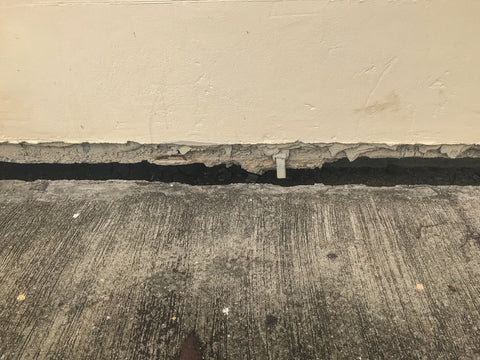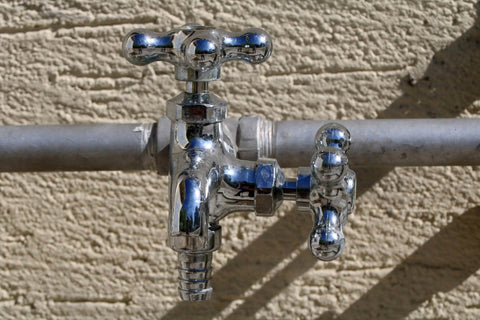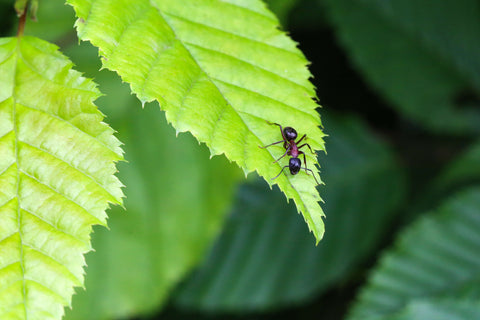Ants are very tiny, and they like to use this to their advantage. The smallest crack or crevice can be the perfect entry point for these pests. Tracking down where ants are sneaking inside is one of the best ways to not only get rid of ants but also help prevent future infestations. We’ve made a list of things that ants use to get inside your home.
Cracks in Walls

Ants, and other pests, can squeeze into tiny cracks in walls. When checking for entry points, it’s important to look at both your interior and exterior walls. Spots where the walls transition to the floor and ceiling are common areas cracks can be found. Your home’s siding can have gaps as well as the area around electrical outlets.
Foundation Gaps

Just like your home’s walls, the foundation can also have cracks and holes. These provide ants with an easy route into your home. Make sure to keep an eye on the area where the side wall meets the foundation since gaps are typically found there.
Dryer Vents & Exhaust Fans

Several areas in your home probably have some form of a vent or exhaust fan. These lead outside and if there are holes near them, ants can crawl right in. Your stove’s vent hood, your dryer’s vent, and the fan in your bathroom are all possible entry points for ants.
Windows

Leaving your windows open to let in some air is great, but it can also allow bugs to come inside. You’ll want to make sure that your window screens are in good condition with no holes. Window seals can weaken over time, so check them and repair or replace when necessary. Don’t forget to check for holes on your window frame.
Doors

Ants can easily slip into your home if doors are left open. Like with windows, repair or replace any weakened seals. If there are any gaps underneath your door, ants will find them. Install door sweeps to keep ants from slipping through the cracks. You’ll also want to repair or replace damaged door screens.
Holes in Flooring

Cracks and gaps in your flooring and subflooring can be an entry point for ants. This also gives them a protected place to travel throughout your home. Some ant species, like the pavement ant, are known to live and build nests under flooring. Small holes can usually be filled in without too much trouble using wood putty.
Utility Lines

Utility lines often leave behind small holes that ants can easily slip through. Examine areas where wires and pipes connect to the house for any gaps. Sealing these can help to prevent ants from walking into your home.
Carried in with You

Sometimes ants catch a ride with you on the way into your house. When things, like toys, are left outside, there’s always a chance bugs are hiding in their cracks and crevices. The same can be true for your plants. If you bring in plants during winter, pests could already be living on it. Be sure to check items for ants before carrying them inside.

If your home has any kind of opening, you can be sure ants will find it. Examining these common entry points can help to keep ants from getting inside your home. If you’re dealing with an invading ant army, we want to help! Check out our Maggie’s Farm Simply Effective™ Pest Control products for a more environmentally and family-friendly solution.
